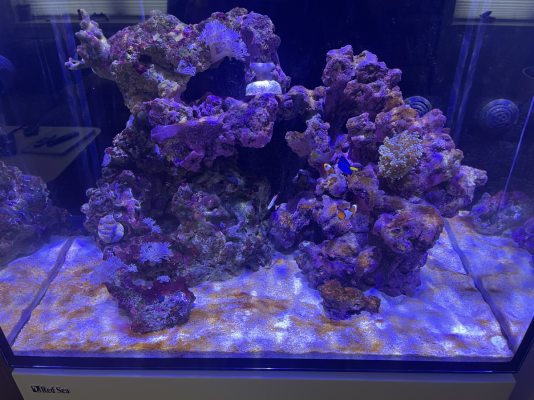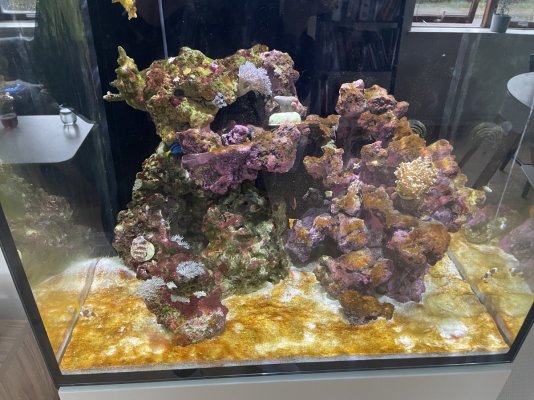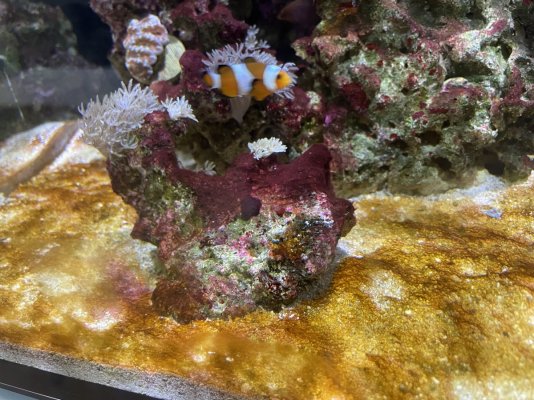So, I have what I believe is Cyano. Both brownish and very reddish/purple in color.
The aquarium have been up and running for almost 5 weeks. I have a few fish, and yesterday I added 3 small corals.
The parameters have been fine since day 1 (used live rocks from a established aquarium and live sand).
My parameters for today (all test kits are Salifert, except kh/alkalinity which is Red Sea)
Ammonia = 0-<0,15
Magnesium = 1200
Phosphate = 0
Nitrate = 1
Nitrite = 0,025
PH = 8-8,15
Calcium = 420
Kh/Alkalinity = 6.7 dKH
I have read that Cyano loves low Alkalinity. In my Red Sea test kit I have a bottle so I can increase the alkalinity. Should I do that?
Any other advices?
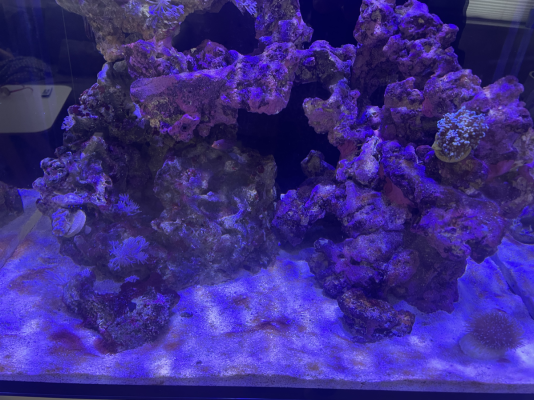
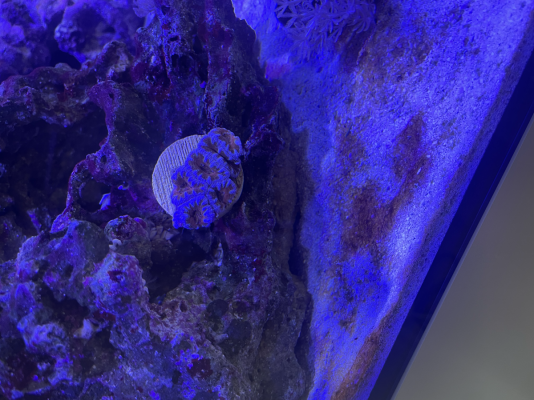
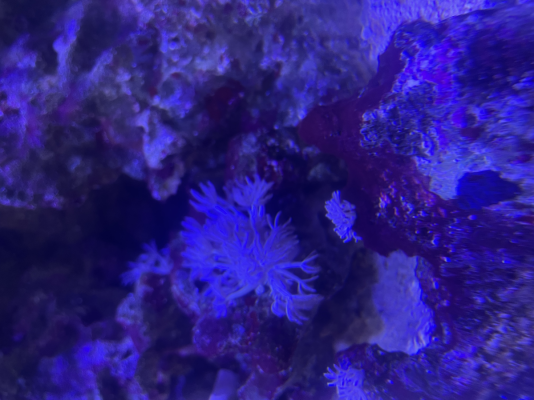
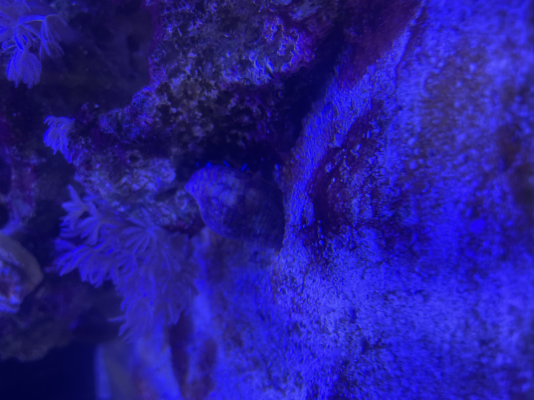
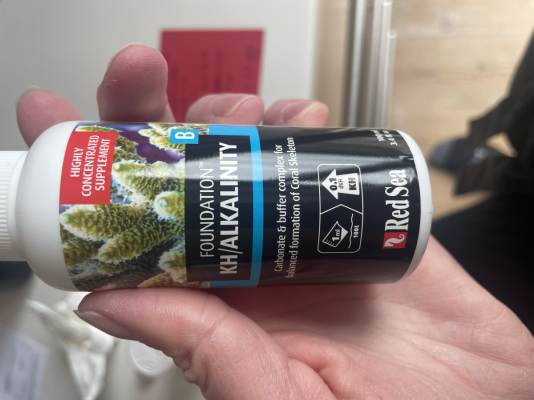
The aquarium have been up and running for almost 5 weeks. I have a few fish, and yesterday I added 3 small corals.
The parameters have been fine since day 1 (used live rocks from a established aquarium and live sand).
My parameters for today (all test kits are Salifert, except kh/alkalinity which is Red Sea)
Ammonia = 0-<0,15
Magnesium = 1200
Phosphate = 0
Nitrate = 1
Nitrite = 0,025
PH = 8-8,15
Calcium = 420
Kh/Alkalinity = 6.7 dKH
I have read that Cyano loves low Alkalinity. In my Red Sea test kit I have a bottle so I can increase the alkalinity. Should I do that?
Any other advices?





Last edited:




